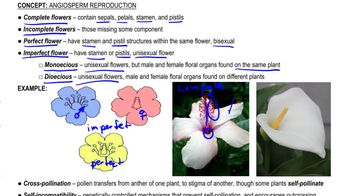The appearance of cuticle and stomata correlated with what event in the evolution of green plants?
a. The first upright growth forms
b. The first woody tissues
c. Growth on land
d. The evolution of the first water-conducting tissues
 Verified step by step guidance
Verified step by step guidance Verified video answer for a similar problem:
Verified video answer for a similar problem:

